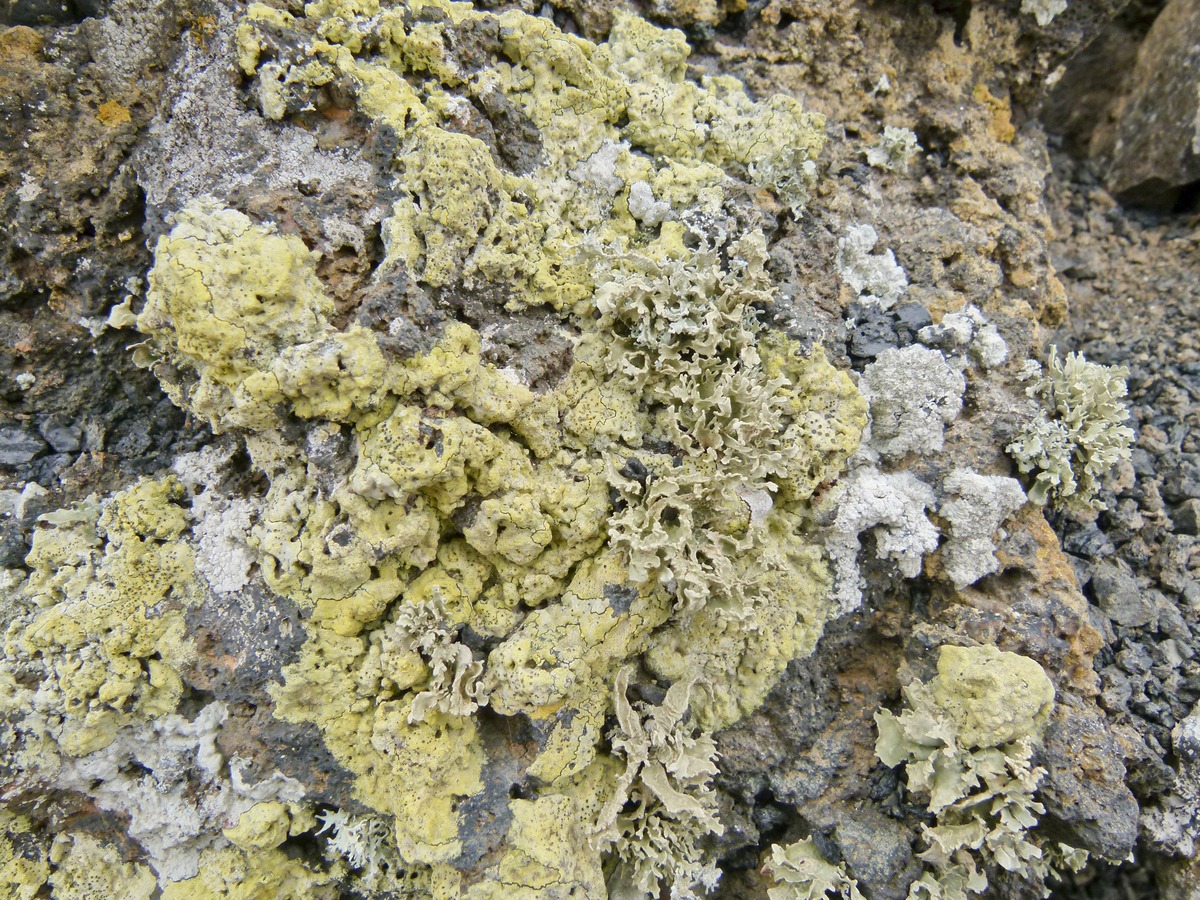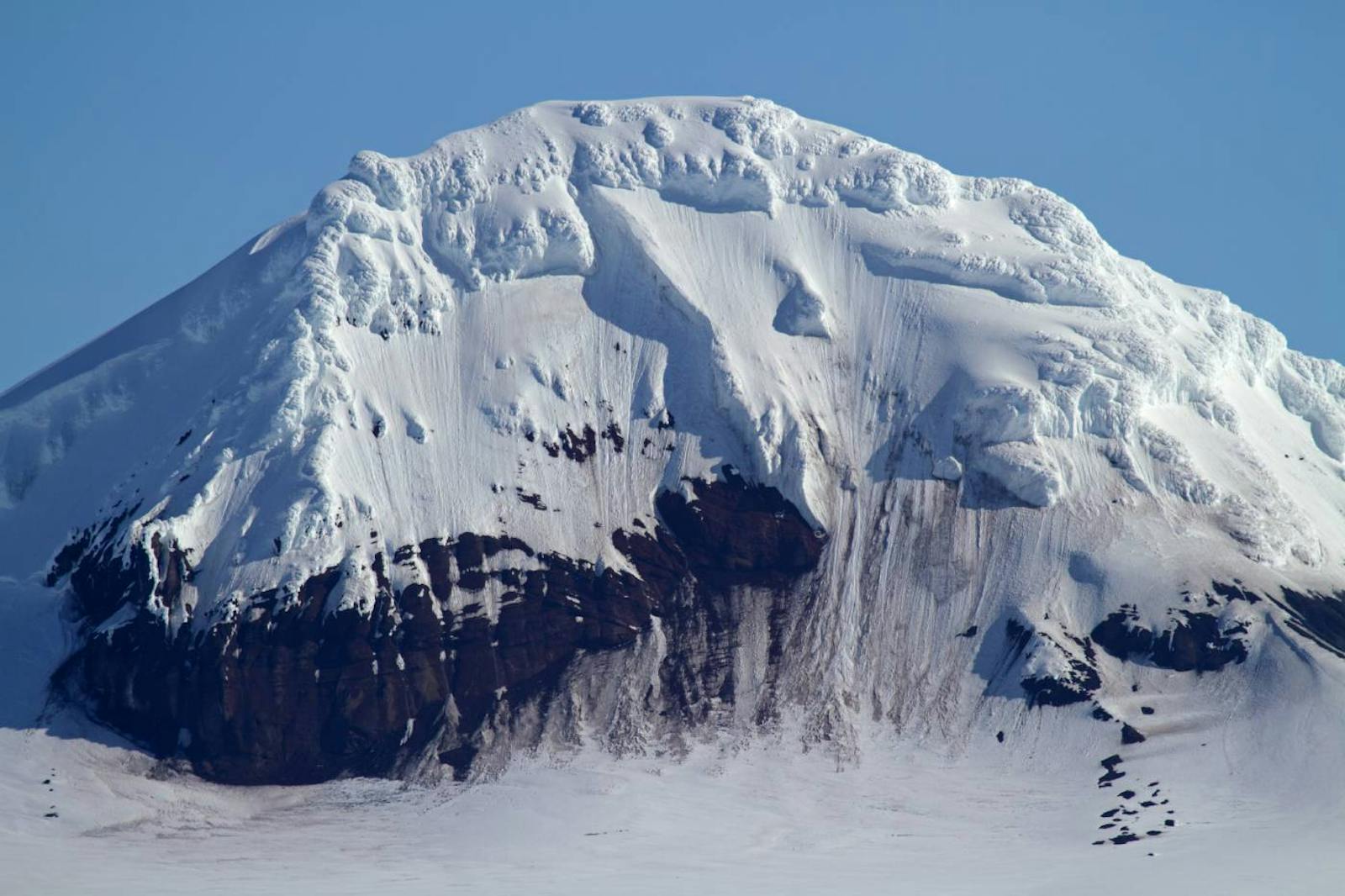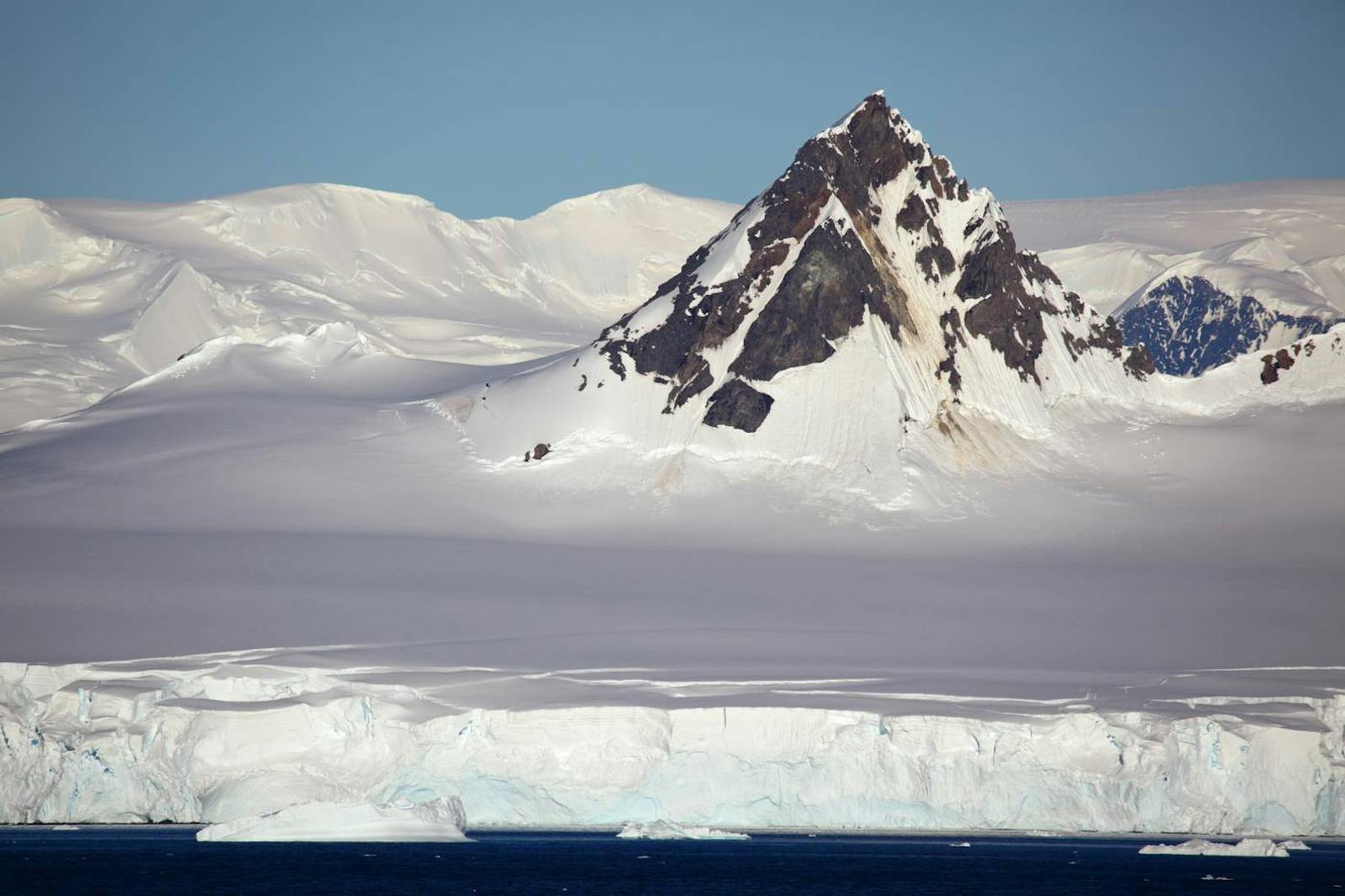Central South Antarctic Peninsula Tundra
The ecoregion’s land area is provided in units of 1,000 hectares. The conservation target is the Global Safety Net (GSN1) area for the given ecoregion. The protection level indicates the percentage of the GSN goal that is currently protected on a scale of 0-10. N/A means data is not available at this time.
Bioregion: Antarctic Peninsula & Scotia Sea (AN2)
Realm: Antarctica
Ecoregion Size (1000 ha):
N/A
Ecoregion ID:
118
Conservation Target:
N/A
Protection Level:
N/A
States: Antarctica
As the name suggests, the Central South Antarctic Peninsula tundra ecoregion sits in the middle of the Antarctic Peninsula, between the Northwest Antarctic Peninsula Tundra ecoregion and the South Antarctic Peninsula Tundra ecoregion. It is a medium-sized ecoregion with an area of almost 5000 km2 that includes the Batterbee Mountains and Alexander Island in the west and the northern half of the Eternity mountain range in the east.
It has a mean elevation of just over 900 m rises to a high point of just over 3,000 m, and three-quarters of its area occurs between 500 and 1,200 m. Perhaps due to the relatively high altitude, it is one of the cooler ecoregions, with an average air temperature of -16 °C and it is also relatively calm with an average wind speed of under 10 m/s.
Thirty-four species of invertebrates, 170 species of lichen, and 75 species of plant have been recorded from the region. Similar to the other Antarctic Peninsula ecoregions, the plants in this ecoregion are dominated by mosses (over 50 species occur), while the invertebrates are dominated by nematodes, collembola, and mites. Higher vertebrates are relatively rare in the region and comprise two small Adélie penguin (Pygoscelis adeliae) colonies with less than 100 breeding pairs in total.

The flagship species of the Central South Antarctic Peninsula Tundra ecoregion is the sulfur dust lichen.
The Antarctic Specially Protected Areas in this ecoregion (ASPA) contain significant biodiversity values. ASPA 147 has the greatest bryophyte biodiversity of any site at this latitude in Antarctica, with at least 21 species, many of which are at the southern limit of their distribution. Other biodiversity features of this ASPA include terrestrial mosses that survive in lakes and ponds to depths of 9 m and one of the most extensive vegetated areas on Alexander Island. ASPA 170 includes two endemic lichen species that have not been recorded elsewhere in Antarctica and an exceptional development of three mosses that are encountered only rarely at altitudes south of 65°S.
This ecoregion has very little contemporary human activity. In 2012–13, only nine tourists visited the area,6 and in 2014–15, only Roman Point Promontory on Alexander Island was visited by six tourists. There is only one piece of infrastructure to support scientific research activities—a United Kingdom airfield camp at Fossil Bluff.
There are two Antarctic Specially Protected Areas in this ecoregion: ASPA 147 is located at Ablation Point—Ganymede on Alexander Island and is designated for the protection of its geological, geomorphological, and glaciological features; the other, ASPA 170 is located in Marion Nunataks, Charcot Island, and is designated to protect the unique species assemblages found there. These two ASPAs cover just under 2% of the total area of this ecoregion and protect around 65% of species in the region and 12% of all species recorded from Antarctica.
Priority conservation actions for the next decade
- Improve understanding of the effects of synergistic stressors (including climate change) on the vulnerable mosses and lichens of the region.
- Identify areas of vulnerability or resilience for priority conservation.
- Incorporate climate science and mitigation measures in future protected area planning and management.
-
-
- Terauds, A., S. L. Chown, F. Morgan, H. J. Peat, D. J. Watts, H. Keys, P. Convey, and D. M. Bergstrom. (2012) Conservation biogeography of the Antarctic. Diversity and Distributions 18:726-741.
- Terauds, A., and Lee, J. R. (2016) Antarctic biogeography revisited: updating the Antarctic conservation biogeographic regions. Diversity and Distributions 22:836-840.
- Wauchope, H., Shaw, J.D., & Terauds, A. (2019) A snapshot of biodiversity protection in Antarctica. Nature Communications. https://doi.org/10.1038/s41467-019-08915-6. Published online 26 February 2019.
-
Cite this page: Central South Antarctic Peninsula Tundra. Ecoregion Snapshots: Descriptive Abstracts of the Terrestrial Ecoregions of the World, 2021. Developed by One Earth and RESOLVE. https://www.oneearth.org/ecoregions/central-south-antarctic-peninsula-tundra/
-




